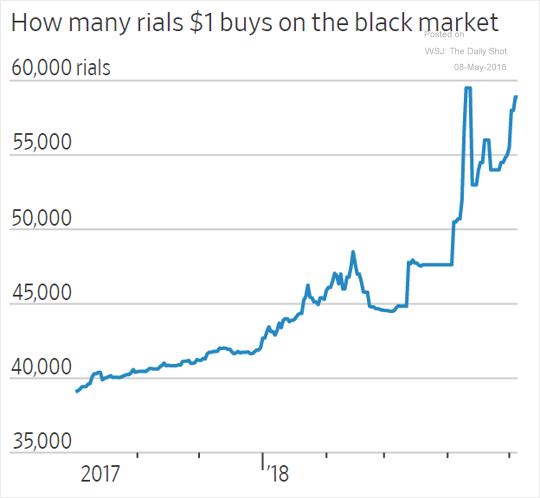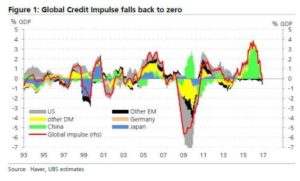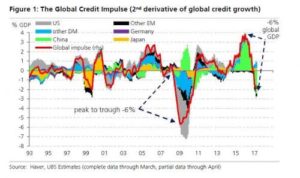Monetary Policy Committee (MPC) decided to: keep the policy repo rate under the liquidity adjustment facility (LAF) unchanged at 6.25 per cent.Consequently, the reverse repo rate under the LAF remains at 6.0 per cent, and the marginal standing facility (MSF) rate and the Bank Rate at 6.50 per cent.The decision of the MPC is consistent with a neutral stance of monetary policy in consonance with the objective of achieving the medium-term target for consumer price index (CPI) inflation of 4 per cent within a band of +/- 2 per cent, while supporting growth.
Five members were in favour of the monetary policy decision (this is a hawkish MPC) willing to overlook near term fall in inflation . If the configurations evident in April are sustained, then absent policy interventions, RBI believes headline inflation is projected in the range of 2.0-3.5 per cent in the first half of the year and 3.5-4.5 per cent in the second half. (We are talking about 200 basis points of real policy rates).
The following is the main reason they are not changing the bias of monetary policy
The risk of fiscal slippages, which, by and large, can entail inflationary spillovers, has risen with the announcements of large farm loan waivers. At the current juncture, global political and financial risks materialising into imported inflation and the disbursement of allowances under the 7th central pay commission’s award are upside risks. The date of implementation of the latter is still not announced and as such, it is not factored into the baseline projections.
The current state of the economy underscores the need to revive private investment, restore banking sector health and remove infrastructural bottlenecks. Monetary policy can play a more effective role only when these factors are in place. Premature action at this stage risks disruptive policy reversals later and the loss of credibility. Accordingly, the MPC decided to keep the policy rate unchanged with a neutral stance and remain watchful of incoming data.
My view
RBI is clearly unhappy with loan waivers which will not be restricted to maharashtra or UP ,but other states will also be under pressure to announce waivers in run up to 2019 lok sabha election. Farm loan waiver is a kind of QE in itself hence absence of any additional monetary policy support will not hurt equity markets although stretched valuations remain a concern .Bond yields are more influenced by rate action and we will not have any more rate cuts in this cycle ,hence Govt bond yields should be bottoming out in next few days .







